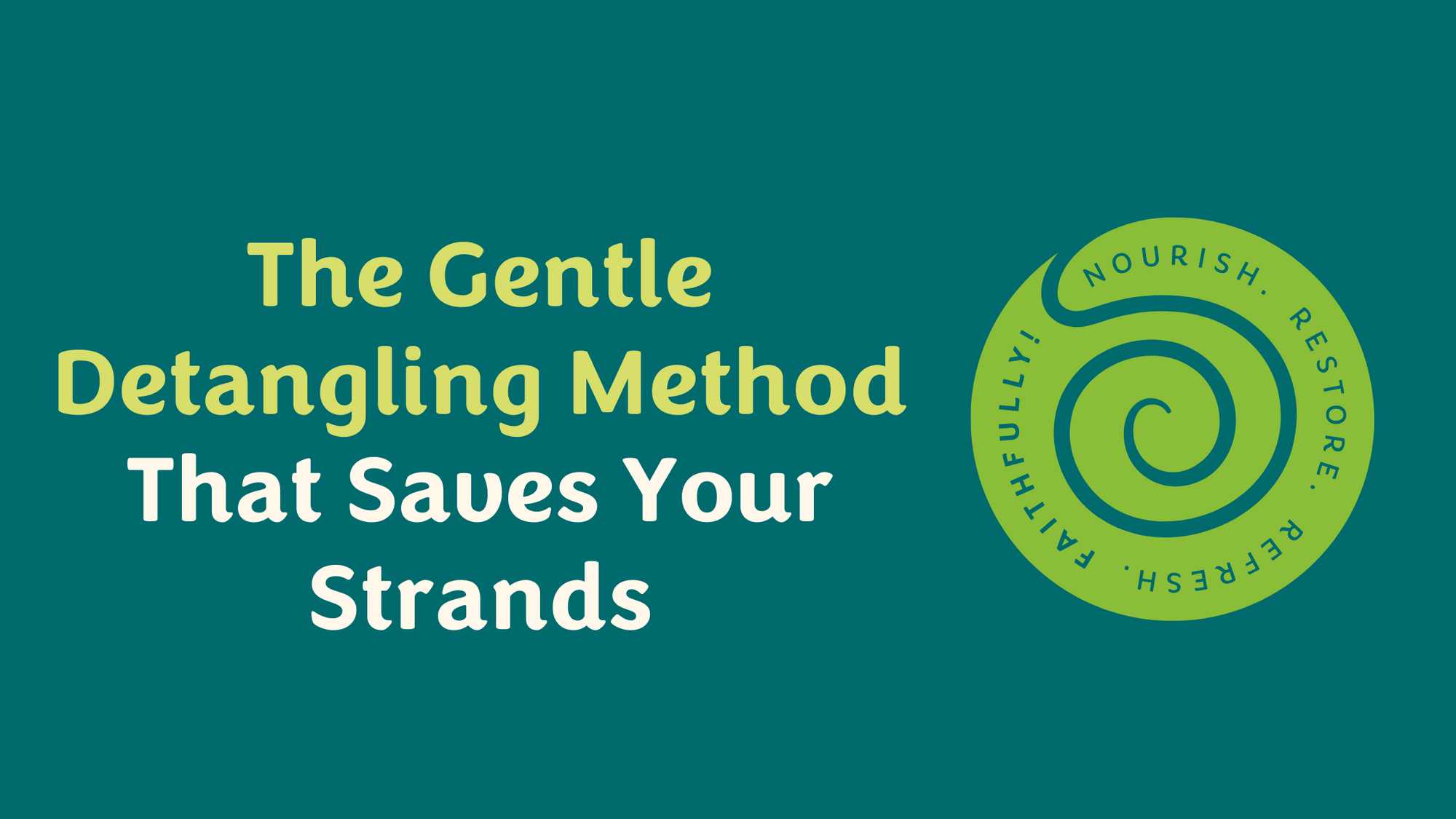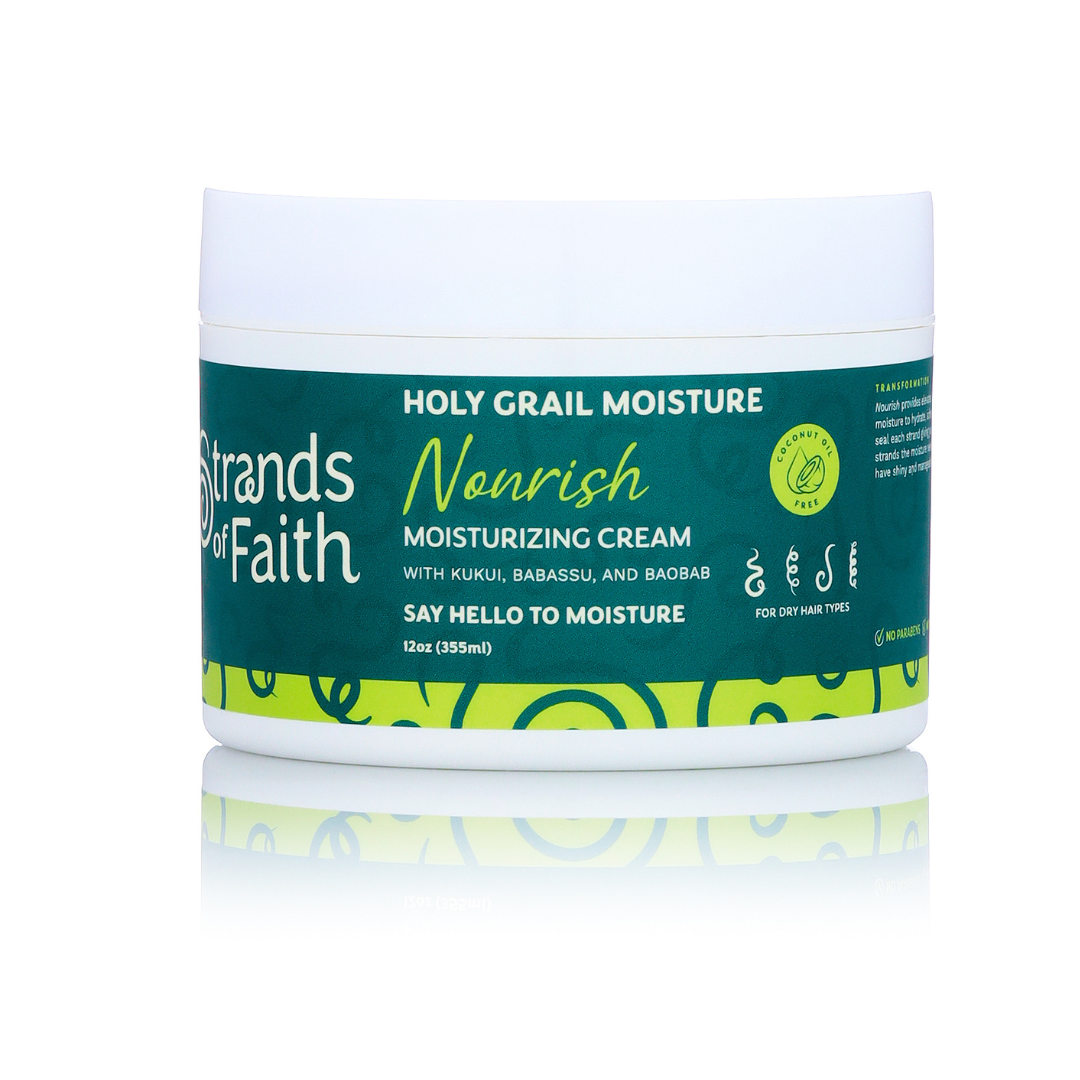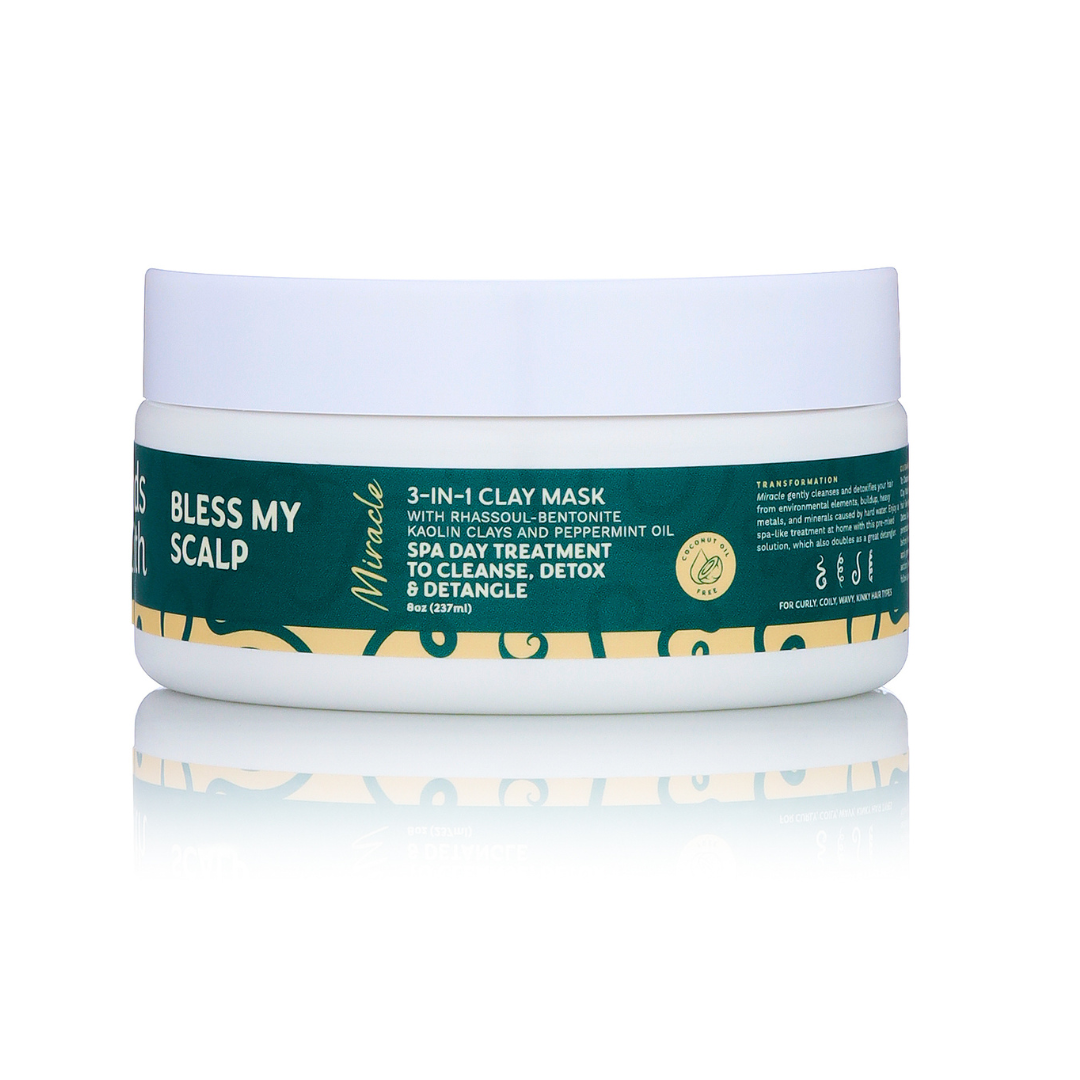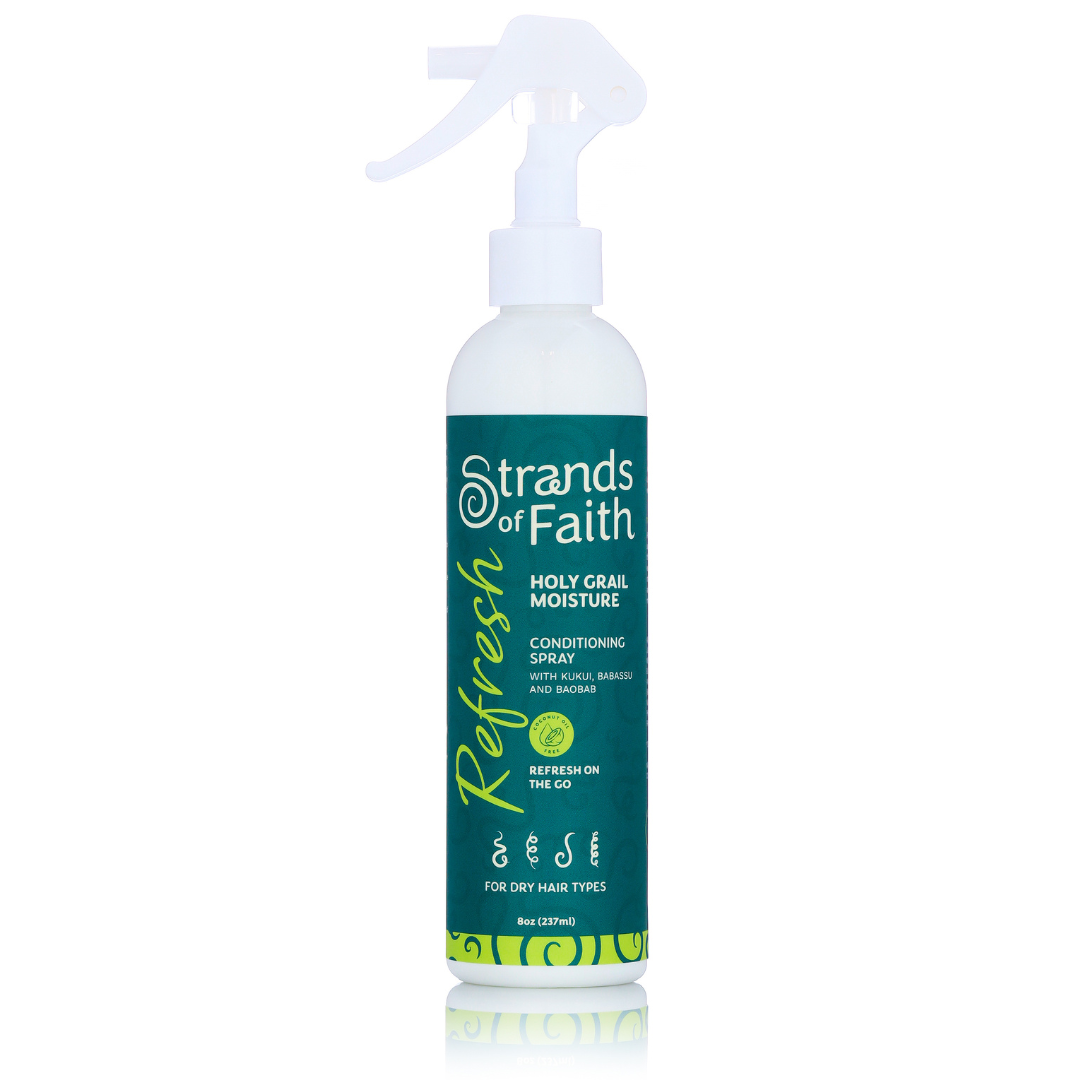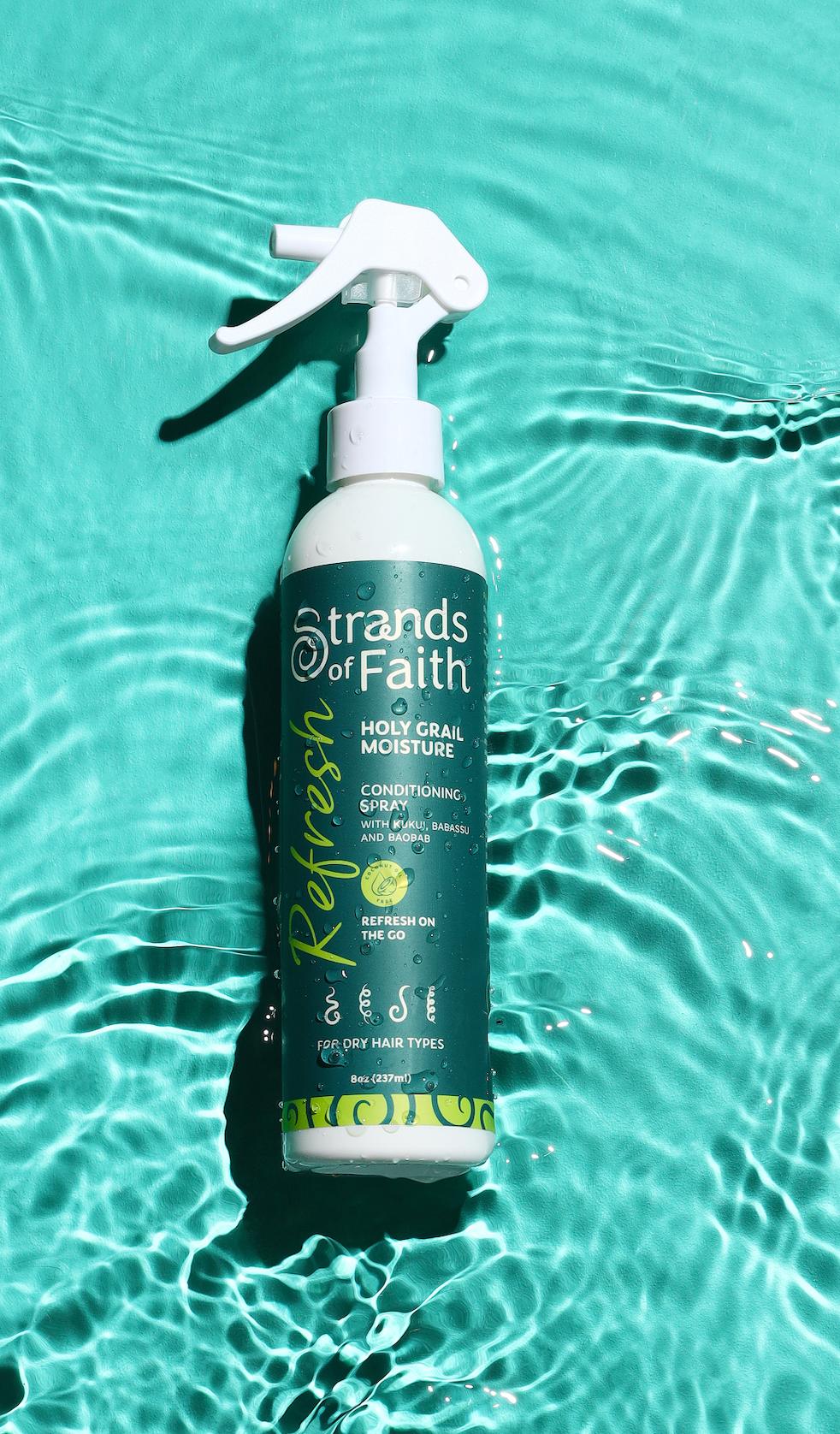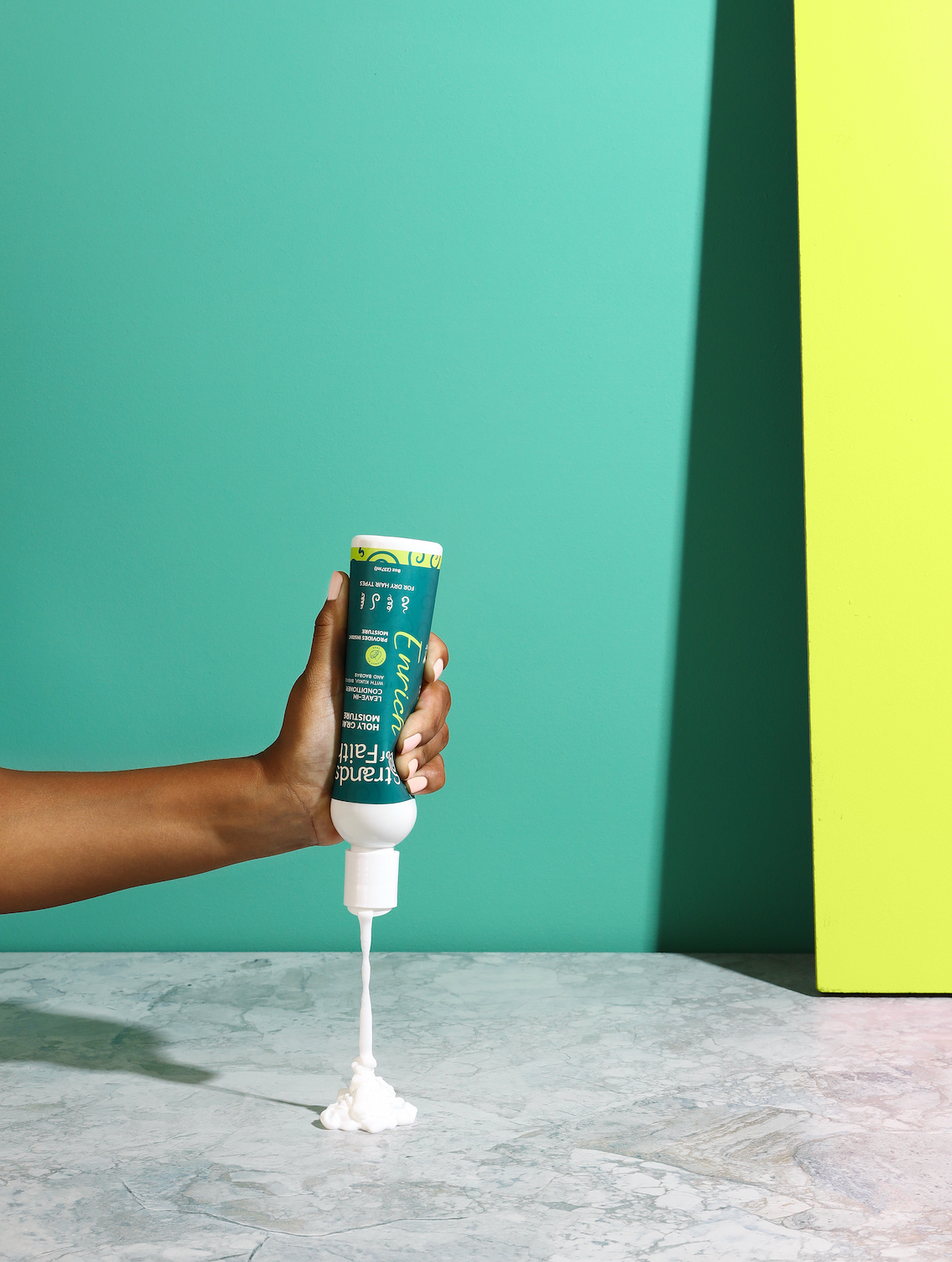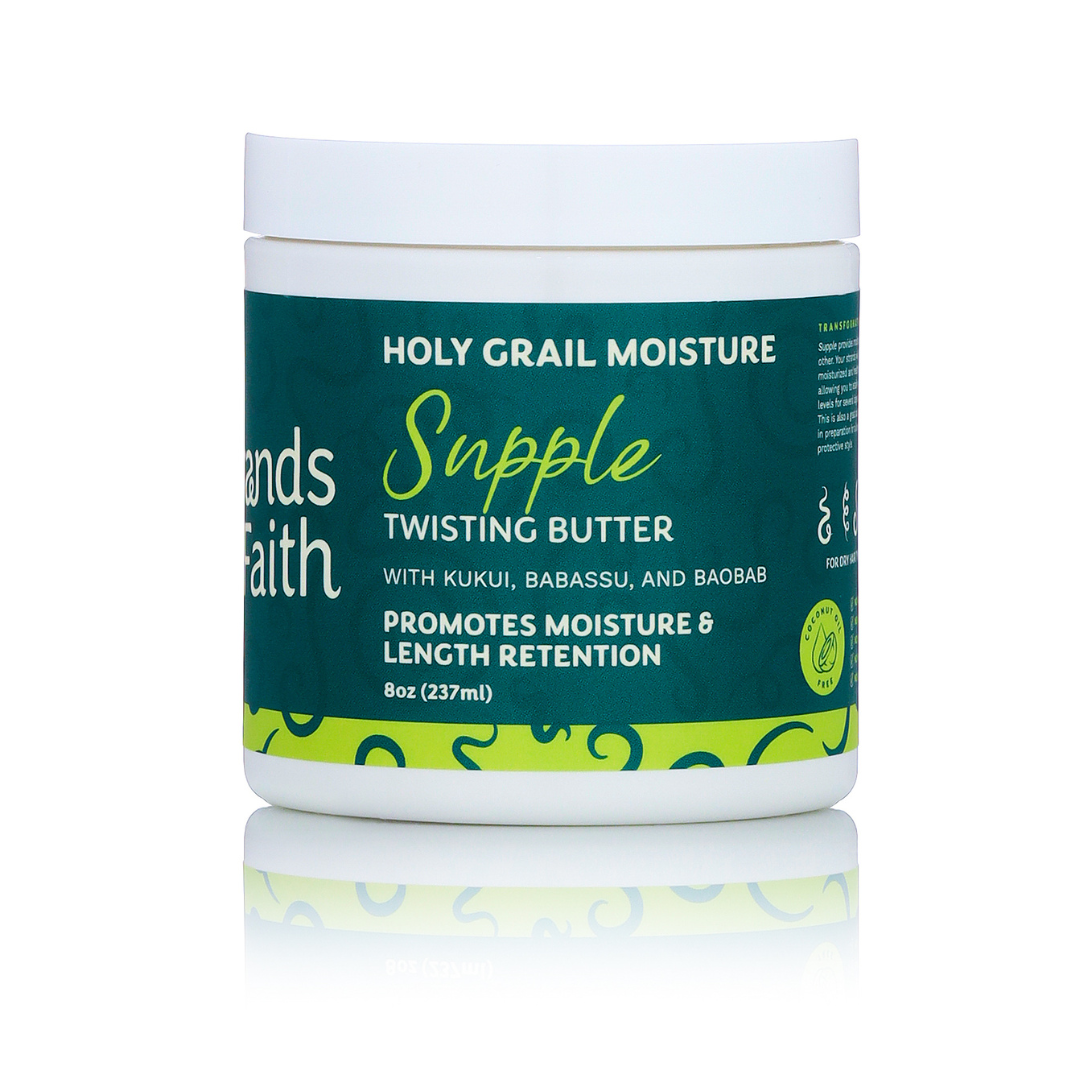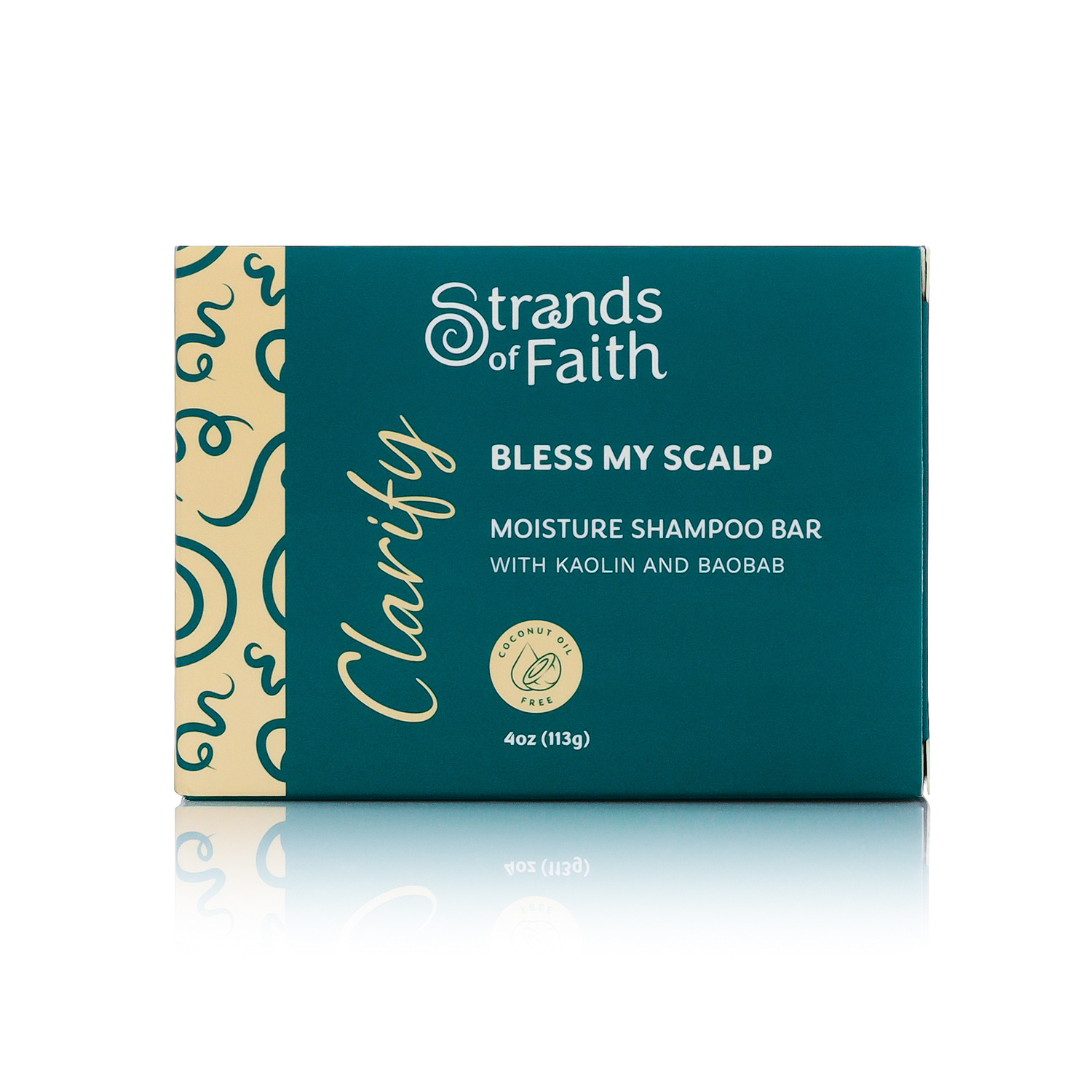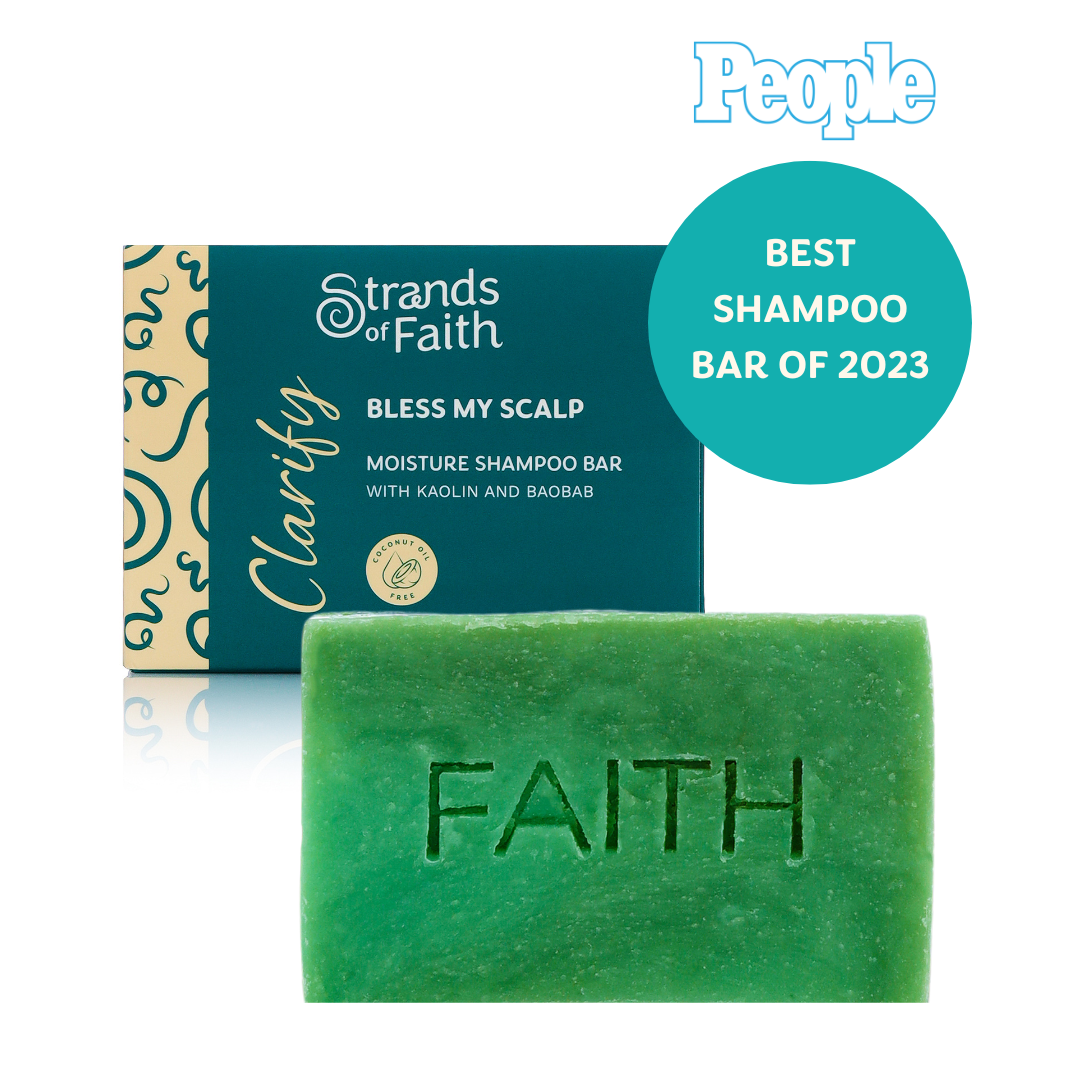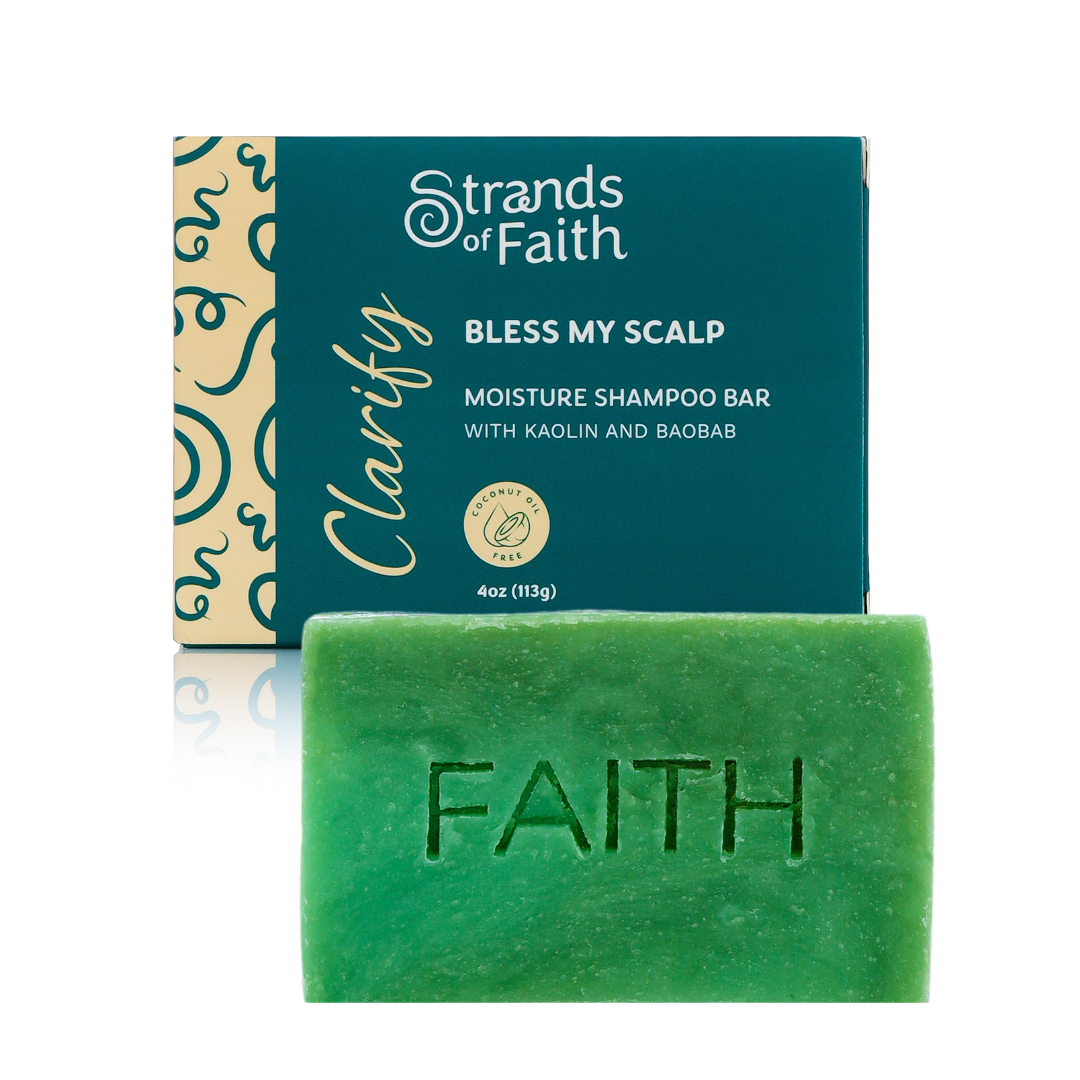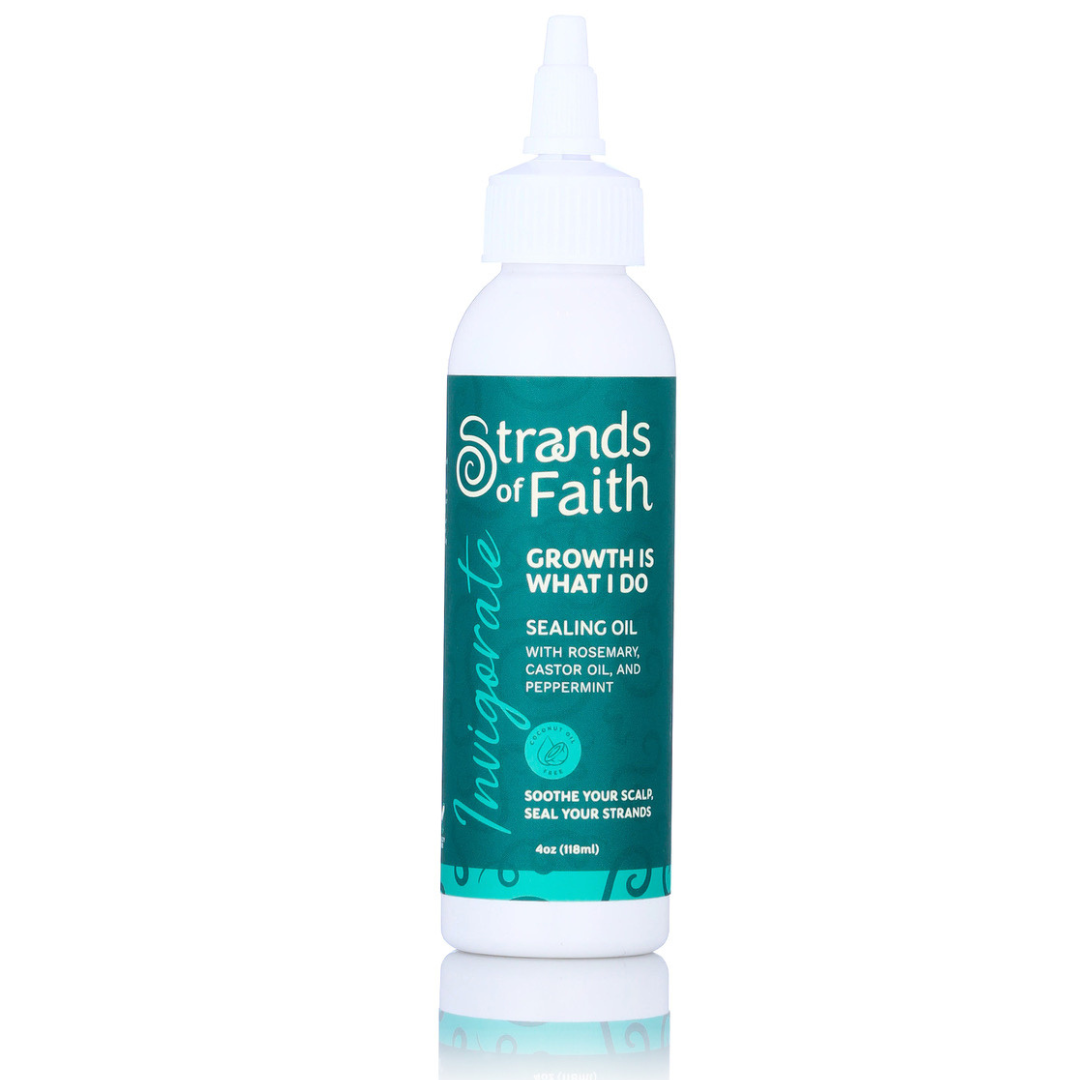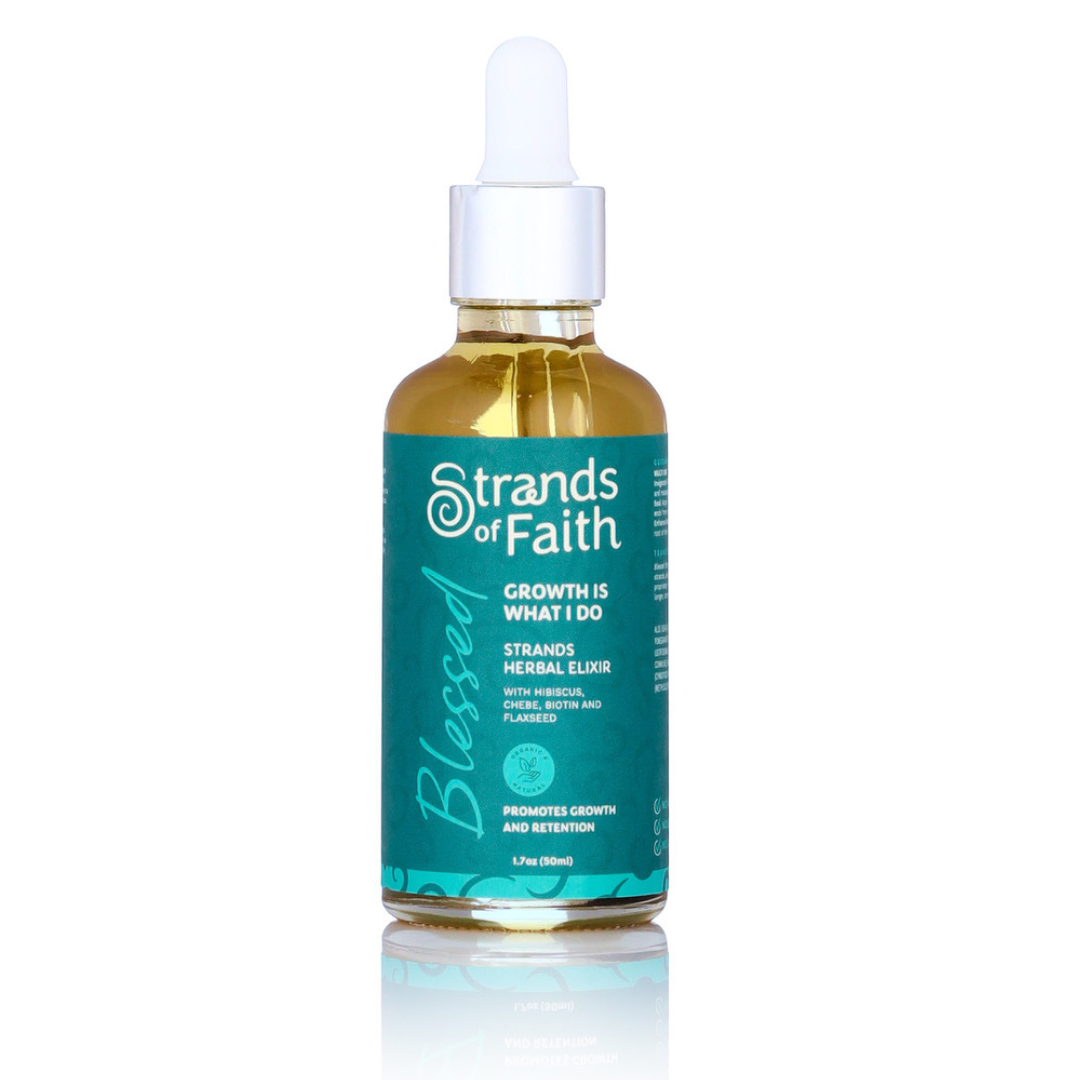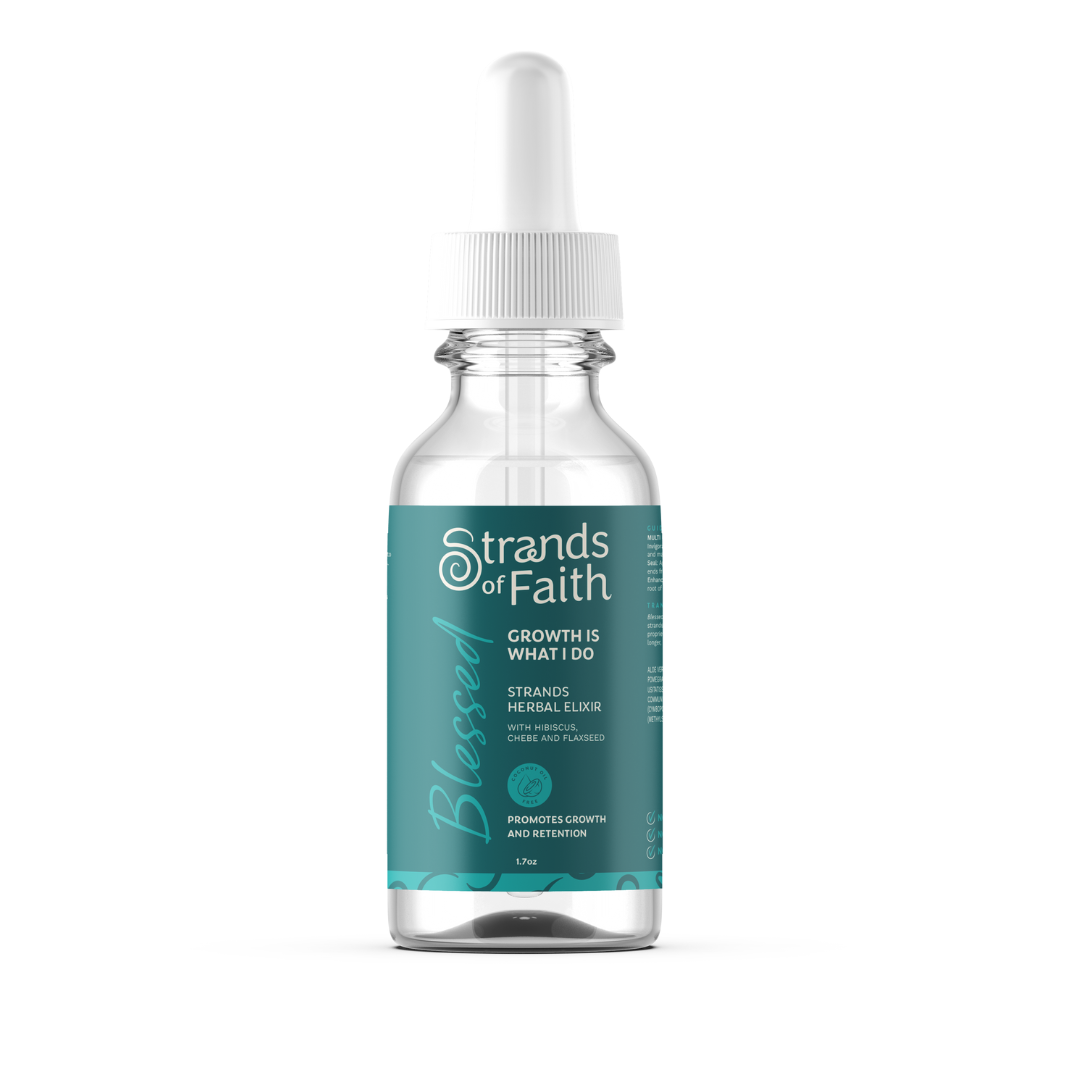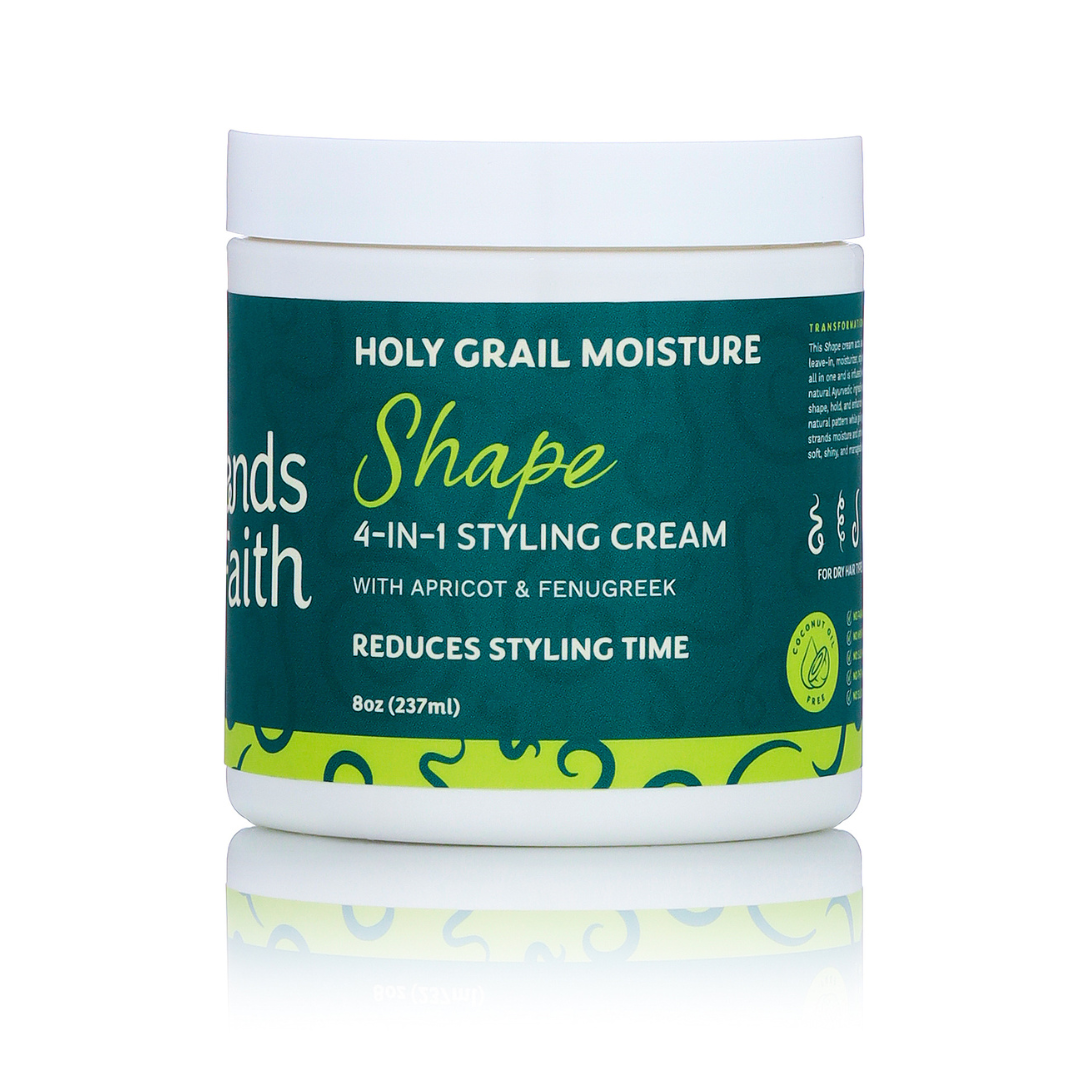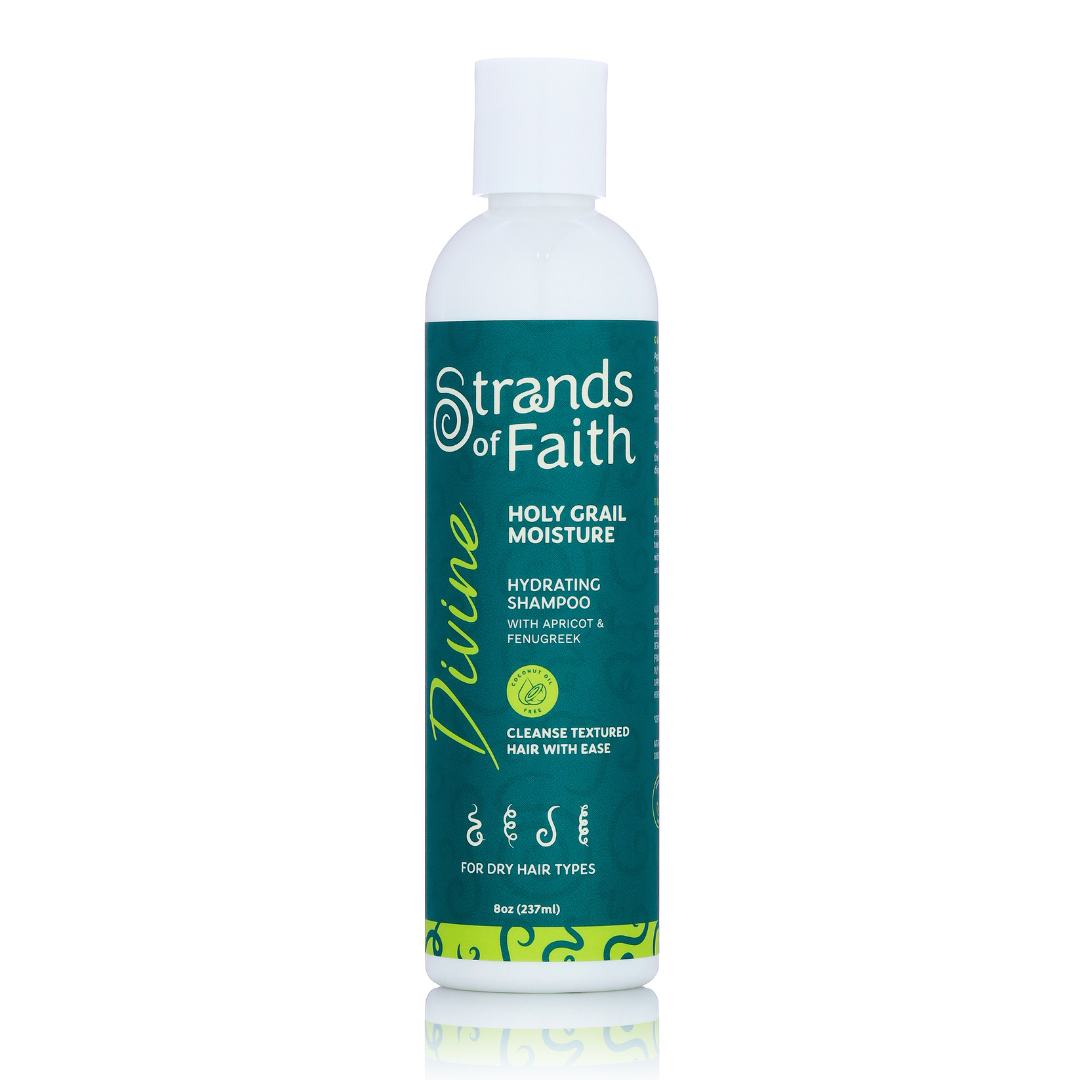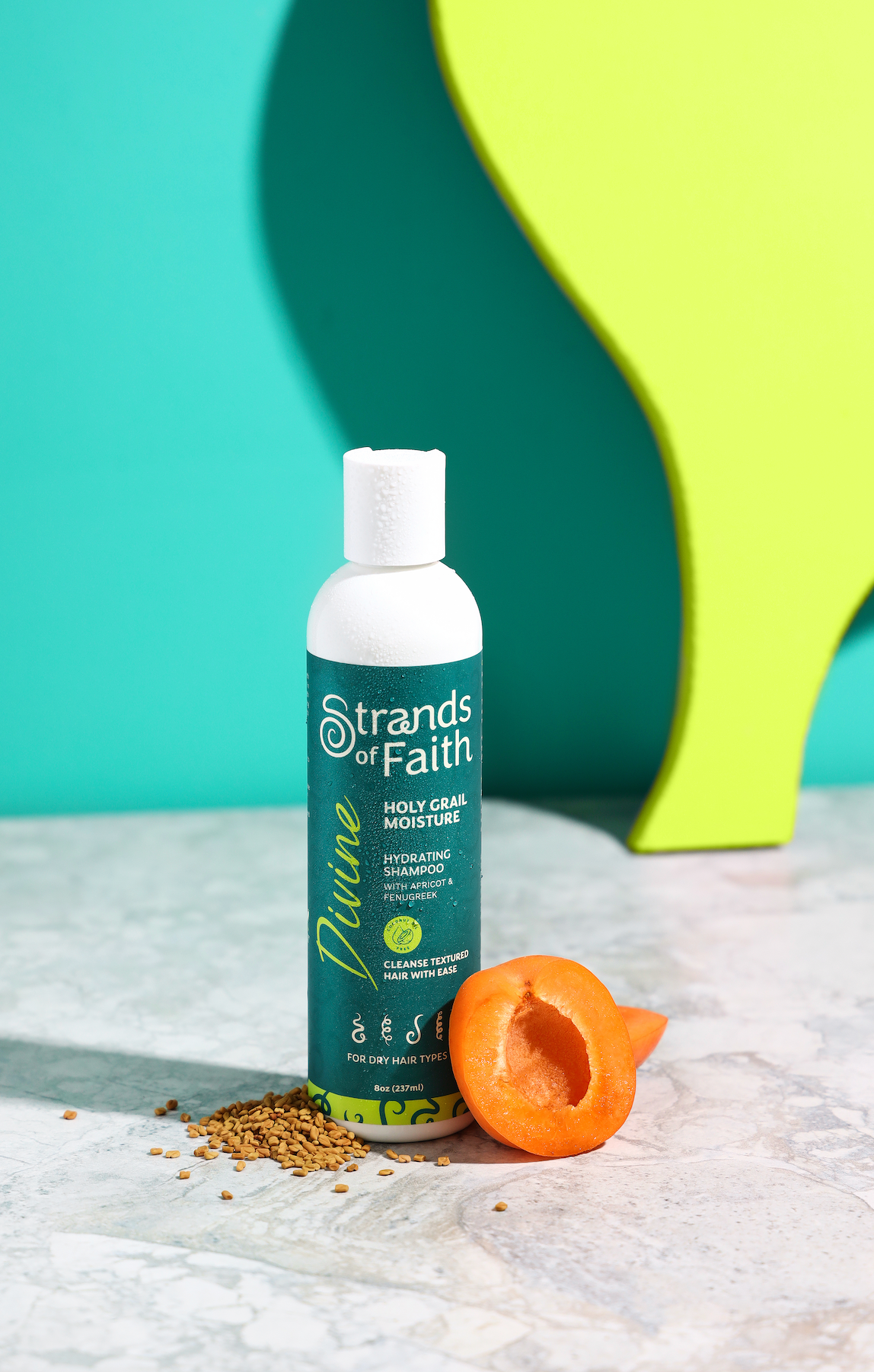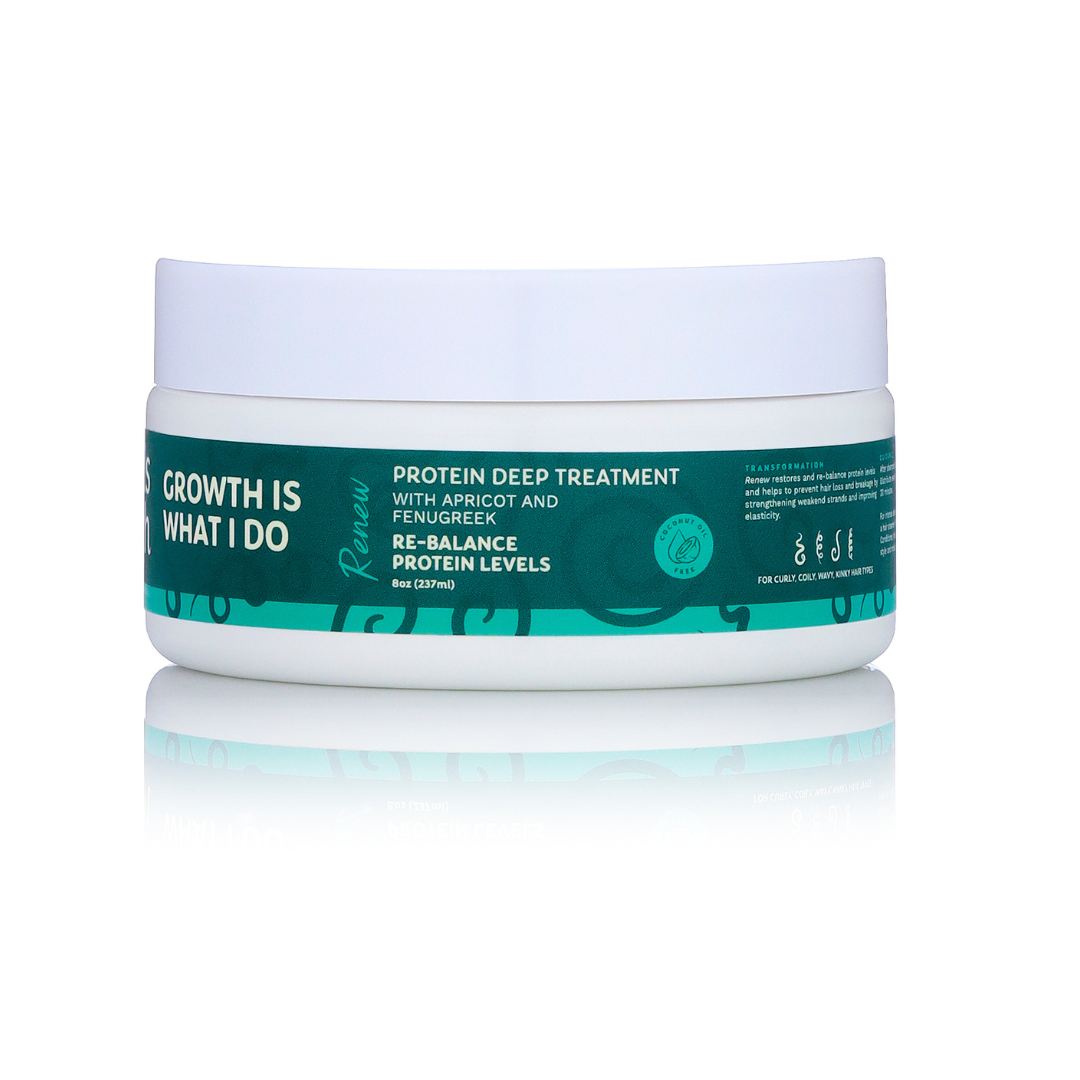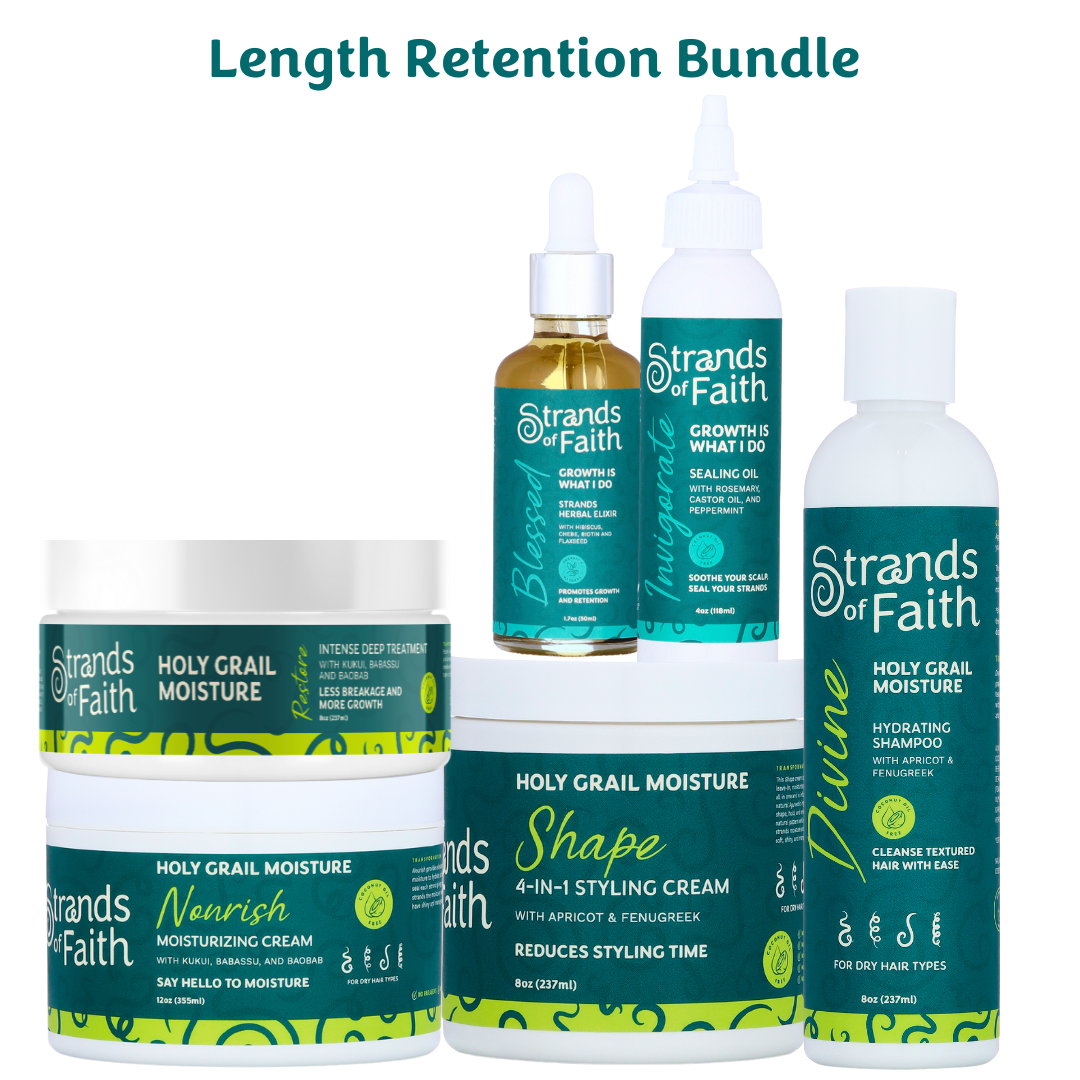If you’ve ever cringed at the sound of hair snapping while detangling, you’re definitely not alone. For those with textured hair, especially curly, coily, or kinky textures, detangling can be one of the most stressful parts of wash day. Strands knot, coils intertwine, and before you know it, you’re left with handfuls of shed or broken hair.
But detangling doesn’t have to mean damage. With the right method and products, you can gently work through tangles, protect your length, and actually enjoy the process.
Today, we’re breaking down why gentle detangling matters, the most common mistakes people make, and a step-by-step method that saves your strands, along with the best products to make the process smooth, stress-free, and effective.
Why Gentle Detangling Matters
Natural hair is beautifully unique, but it’s also more prone to tangling because of its curl pattern. Each coil and kink creates bends along the strand where hairs can wrap around each other. While this is perfectly normal, it makes natural hair more delicate when detangling.
Here’s why gentle detangling is so important:
-
Prevents breakage: Aggressive combing can snap fragile strands.
-
Reduces shedding: Tangled hair that isn’t gently separated often pulls out more strands than necessary.
-
Supports length retention: Less breakage = longer, healthier hair over time.
-
Improves styling: Smooth, detangled hair makes twist-outs, braids, and wash-and-gos more defined and manageable.
In short: gentle detangling isn’t just about avoiding pain, it’s about preserving the health and beauty of your strands.
Common Detangling Mistakes
Before we dive into the gentle method, let’s talk about what not to do.
-
Detangling Dry Hair
Dry hair has little elasticity and snaps easily. Always add moisture before detangling. -
Using the Wrong Tools
Small-tooth combs, brushes with stiff bristles, or anything designed for straight hair can cause breakage. -
Skipping Product Slip
Trying to detangle without a conditioner or leave-in is like driving without oil in the engine, it’s going to grind and cause damage. (The caveat thought is that you don’t want to necessarily weigh down the hair with product “before” getting most of the shed out first because too much product can sometimes mesh the shed hair together causing further breakage. -
Rushing the Process
Yanking through knots might feel faster, but it leads to more breakage and frustration. -
Starting at the Roots
This forces tangles downward, making knots worse. Detangling should always begin at the ends.
The Gentle Detangling Method That Saves Your Strands
This method is designed to minimize breakage, maximize moisture, and make detangling easier.
Step 1: Start on Damp or Wet Hair
Always detangle when your hair has moisture. You can do this during your wash routine (with conditioner applied) or on damp hair using a spray bottle of water.
Step 2: Apply a Slip-Rich Product
Slip is what makes strands glide past each other instead of snagging. A conditioner, leave-in, or cream with slip helps loosen tangles and makes detangling painless.
Try: Enrich Leave-In Conditioner — packed with moisture to soften and smooth each strand, making tangles melt away.
Step 3: Section Your Hair
Divide your hair into 4–8 sections depending on density and length. Working in small sections ensures every strand gets attention and prevents re-tangling. Secure each section with clips or twists.
Step 4: Finger Detangle First
Before reaching for a tool, use your fingers to gently separate knots and shed hair. Your fingers can feel tangles better than a comb and prevent unnecessary pulling.
Step 5: Use the Right Tool
After finger detangling, follow up with a wide-tooth comb or a detangling brush specifically designed for textured hair. Always start at the ends and slowly work upward toward the roots.
Pair Enrich with Nourish Moisturizing Cream for extra hydration and smoothness during detangling.
Step 6: Be Patient With Knots
If you hit a knot, don’t yank. Add more product, gently separate the strands with your fingers, and work through it slowly. For stubborn single-strand knots, carefully snip them with hair shears instead of tearing the strand.
Step 7: Twist or Braid Each Section
Once a section is fully detangled, twist or braid it to keep it tangle-free while you move to the next.
Step 8: Seal in Moisture
After detangling, seal in hydration so your efforts last.
Try:
-
Invigorate Sealing Oil for lightweight sealing.
-
Supple Twisting Butter for thicker strands or protective styles.
Extra Hacks for Easier Detangling
-
Pre-poo with oil or conditioner: Applying product before shampooing helps soften tangles but remember not to drench.
-
Detangle in the shower: The running water + conditioner combo can ease the process.
-
Stay consistent: Regular detangling prevents excessive knots from forming.
-
Trim regularly: Split ends and single-strand knots make detangling harder.
Product Spotlight: Detangling Essentials
If detangling feels overwhelming, having the right products makes all the difference. Here’s your gentle detangling toolkit:
-
Slip & Softness: Enrich Leave-In Conditioner
-
Moisture Balance: Nourish Moisturizing Cream
-
Strength & Elasticity: Renew Protein Deep Treatment
-
Seal & Protect: Invigorate Sealing Oil + Supple Twisting Butter
-
Deep Hydration: Restore Intense Deep Treatment, perfect for prepping hair for easier detangling.
Why Detangling the Right Way Supports Growth
There’s a common myth that natural hair “doesn’t grow.” The truth? It grows just fine, often half an inch per month. The challenge is retaining length, and one of the biggest culprits of lost length is breakage during detangling.
By adopting a gentle method, you:
-
Reduce breakage and split ends.
-
Retain more length over time.
-
Improve manageability, making protective styles easier.
-
Keep your curls defined and healthy-looking.
So yes, gentle detangling doesn’t just save strands; it supports your long-term growth goals.
Save Your Strands With Gentleness
Detangling doesn’t have to be painful, stressful, or damaging. By working in sections, starting at the ends, using slip-rich products, and sealing in moisture, you can transform detangling into a stress-free step of your routine.
Remember: the goal isn’t just to get through the knots, it’s to protect your hair’s health, preserve your length, and keep your curls thriving.
Explore our collection of moisture-rich products designed to make detangling smooth, easy, and effective.
